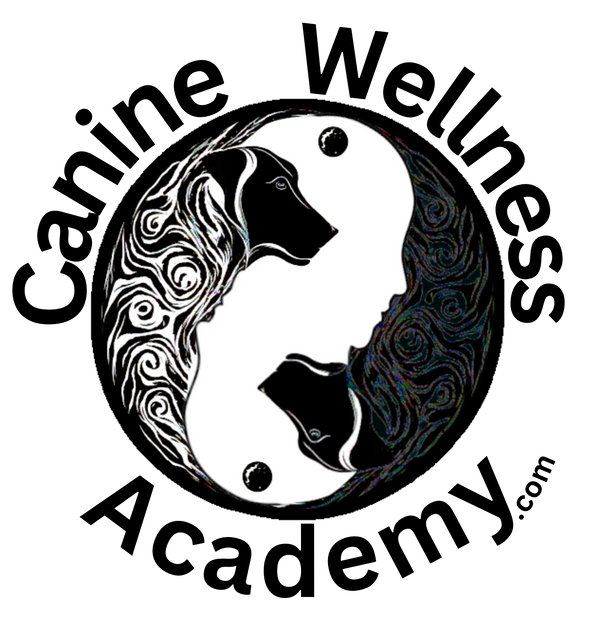Exercise is one of the simplest and most powerful tools for dog wellness. It fuels the body, steadies the mind, and deepens the bond you share. In The Complete Guide to Canine Wellness: Caring for Both Ends of the Leash, we explored how wellness connects every part of your dog’s life, physical, emotional, and environmental. Movement is where all those parts meet.
When your dog moves with purpose and rhythm, their entire system, from joints to nervous system, benefits. Exercise helps release tension, balance hormones, and provide structure. But it’s more than just activity. It’s communication, connection, and care in motion.
Movement Matters
Dogs are built to move. Every stretch, shake, and sprint is part of how they process the world. Regular exercise supports muscle tone, digestion, cardiovascular health, and emotional regulation. Without enough movement, dogs can become restless, frustrated, or anxious, not because they’re “bad,” but because their bodies are asking for balance.
Movement is also how dogs release pent-up energy that might otherwise show up as unwanted behavior. A walk isn’t just a bathroom break, it’s a sensory journey that gives your dog purpose and emotional relief. Each sniff, sound, and step helps them interpret their world and stay grounded.
Finding the Right Rhythm
Every dog’s ideal routine looks different. Puppies and young adults often need short bursts of play several times a day, while seniors benefit from slower, steadier movement that keeps joints flexible. Working breeds might crave more intensity, while smaller or older dogs may thrive with gentle walks and short play sessions.
What matters most is consistency. A daily movement routine helps regulate your dog’s metabolism, sleep, and emotions. Too little exercise can lead to tension and destructive habits. Too much can overwhelm the nervous system and create fatigue. Aim for steady, predictable activity that matches your dog’s personality and body type.
Movement as Connection
Exercise is more than physical. It’s relational. Walking, running, or playing together builds synchronization between your movements and your dog’s. Over time, this rhythm strengthens trust and co-regulation. Your breathing and pace signal safety; your dog’s relaxed posture tells you they’re attuned to you.
This shared rhythm is what turns simple movement into something restorative. Whether it’s hiking trails, playing fetch, or practicing recall in the yard, the key is presence. When you’re focused on your phone, your dog feels disconnected. When you’re engaged, even a 10-minute walk becomes a bonding ritual.
Balancing Stimulation and Recovery
Exercise is only one half of the wellness equation. Recovery is the other. Dogs need rest just as much as movement. Too much stimulation without enough downtime can lead to irritability and stress. Allow for quiet breaks after play or walks, especially for puppies and anxious dogs whose systems take longer to reset.
As we discuss in Emotional and Mental Wellness for Dogs, overstimulation can affect mood and focus. Pay attention to signals like excessive panting, avoidance, or slower reactions. They’re signs your dog needs to rest. A calm recovery period helps their body and mind absorb the benefits of exercise.
Creative Ways to Add Movement
We know that not every day will allow for long walks, and that’s okay. Try varying activities to keep things fresh while meeting your dog’s physical needs:
• Indoor scent games or hide-and-seek sessions
• Gentle tug or short training drills to engage body and mind
• Swimming or wading for low-impact exercise
• Flirt pole play for bursts of controlled energy
• “Sniffaris” slow, exploratory walks that satisfy curiosity and calm the nervous system
Even small adjustments, like taking a different route or slowing your pace, give your dog new experiences that build confidence and curiosity.
Reflection
Next time you leash up, take a moment before stepping outside. Breathe, match your dog’s energy, and move together. Notice their pace, posture, and focus. Movement is just one way your dog stays healthy. It’s how they connect, release, and restore. Every step is part of the wellness you share.

